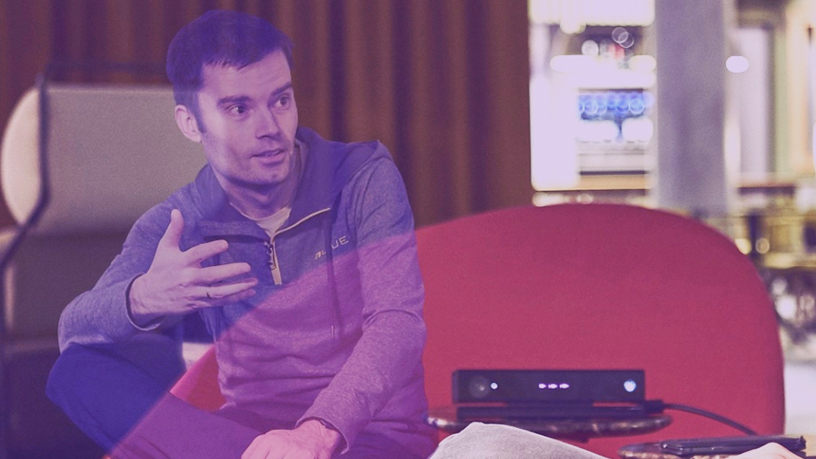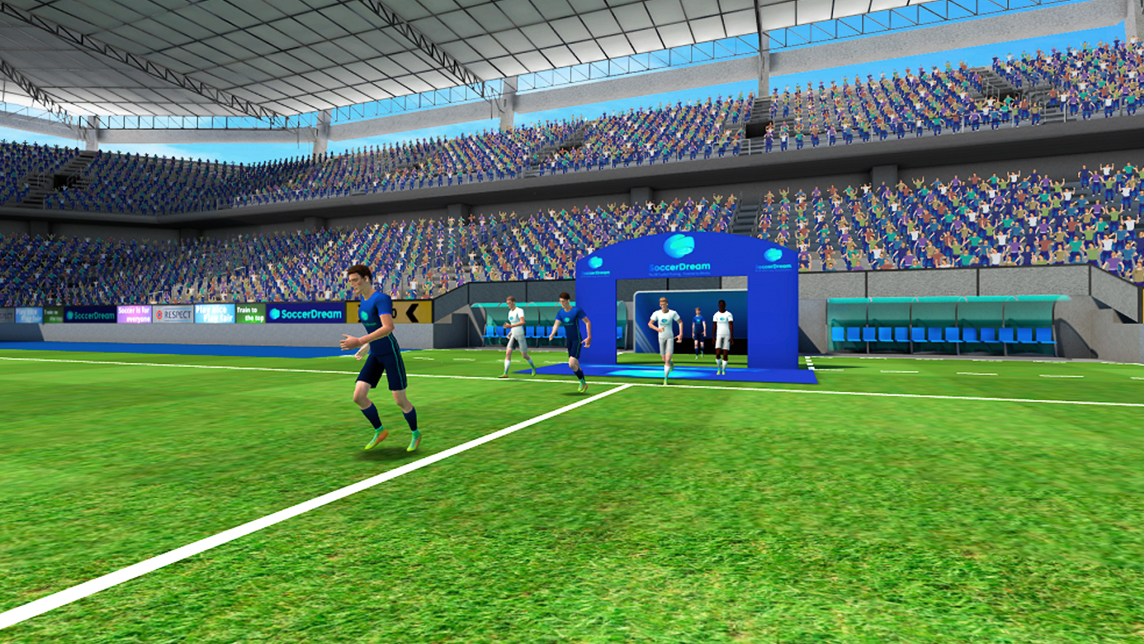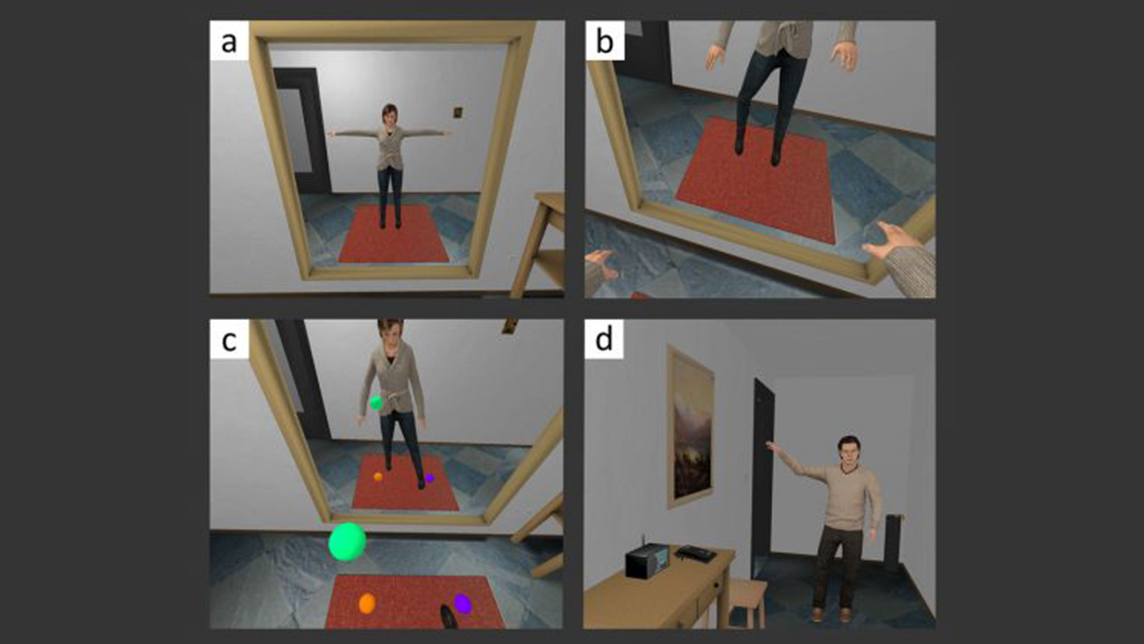Star Wars-style holograms of products, popping out of smartphones, could soon be the norm to woo digital consumers. Shanghai-based DGene has come up a low-cost 3D hologram-generating software that enables more companies to create high-fidelity 3D images and immersive AR/VR experiences to engage with e-shoppers and employees.
Unlike mainstream 3D-tech providers, DGene uses integrated light-field technology to reconstruct high quality 3D images in space, without going through the time-consuming and expensive 3D modeling stage. Its 3D solutions are also easily accessible via smartphones for various activities like online marketing, in-store events, business presentations and exhibitions.
Although holograms are not new, retailers and marketers have been waiting for the commercialization of real-life 3D product display solutions. DGene's clients include global brands like Estée Lauder. The holograms created for its best-selling Advanced Night Repair “little brown bottle” look almost like the real thing, thanks to high-fidelity effect using DGene's 3D product display solution.
DGene is also partnering Alibaba, which has also been experimenting with similar 3D imaging technology since 2016. Alibaba’s Gnome Magic Lab, focusing on VR and AR, unveiled its “God of Creation” plan to build the world’s biggest 3D inventory platform. The aim is to improve customer experience by allowing consumers to view high quality 3D product images while browsing bricks-and-mortar shops online from the comfort of their own homes. In 2017, Alibaba decided to collaborate with DGene and led a 9-digit-RMB pre-A funding round for the startup. Both are now working together to use the technology for the 3D reconstruction of diverse products, similar to what DGene did for cosmetics house Estée Lauder.
DGene's solution will also be used in livestreaming, along with the roll out of 5G services, General Manager and co-founder Hong Xu said. In 2019, DGene joined forces with telecom giants like Huawei and China Unicom to accelerate the integration of AR/VR and 5G cloud services. It has also released China's first dynamic 3D human body reconstruction system at the World Artificial Intelligence Conference 2019.
Advantages of light-field technology
AI-based automatic 3D imaging will not only further improve the quality of 3D reconstruction and rendering, but also boost the content creation capabilities of the AR/VR sector with increased efficiency, said DGene CEO and co-founder Yu Jingyi.
Currently, VR content is created in two main ways. The first is by developers of VR games who model a virtual scene using 3D game-making tools. The other is for 360° panoramic photographing. The problem is that the former cannot generate high-fidelity effects and the latter lacks the in-depth information necessary for a full immersive feel.
“Light-field technology overcomes the two problems. It ensures a high-fidelity delivery of a CG-like scenario and enables you to walk back and forth in a virtual environment,” said Hong. The revolutionary technique works just like how human eyes see the real world, with each eye continuously refocusing on different objects. Hence, VR viewers can experience a real and immersive feel within a virtual world, but not become easily fatigue by having to continuously wear their VR headsets.
DGene uses an array of cameras to capture and collect the illumination details of an object from all perspectives. Then, it rebuilds a 3D image of the object with AI algorithms. For now, only corporate clients are able to bear the cost of collecting the large amount of illumination information needed to produce such high-quality holograms. DGene hopes to reduce the number of cameras required by next year to make its services more accessible to individual consumers.
Like in Star Wars movies, offsite participants of conference calls or trade shows will soon be able to use their smartphones to project their own holographic presence in real time.
Applications across multiple sectors
DGene aims to get end-users on board by integrating 3D reconstruction capabilities into new mobile phones with in-depth sensors. The company will provide 3D rendering and imaging modules to manufacturers of high-end smartphones like 5G phones. For example, users can take selfies and create 3D-digital copies of the photographs to try out different virtual clothes using their smartphones. The data collected from the users, such as body measurements and style preferences, will help brands and e-shops to understand customer needs and provide better-fit items for future visits.
Museums are also attracted to the innovative 3D imaging technology to present objects as lifelike holograms. DGene has partnered with Shanghai Museum to collect light-field information of the exhibition halls and cultural relics to reconstruct 3D virtual versions of the displays as seen in real life by visitors physically inside the exhibition halls. This was trialed when the British Museum's exhibition of “A History of the World in 100 Objects” arrived in Shanghai as the ninth stop of its world tour in 2017.
When the actual exhibition was over in October, the Shanghai Museum released a 3D-virtual exhibition for those who missed the three-month British Museum event. The immersive VR experience was so realistic that browsers rated an ancient Egyptian coffin as “the most creepy cultural relic” of the exhibition, thanks to DGene’s light-field technology that completely captured and reconstructed the minute details of the coffin.
















